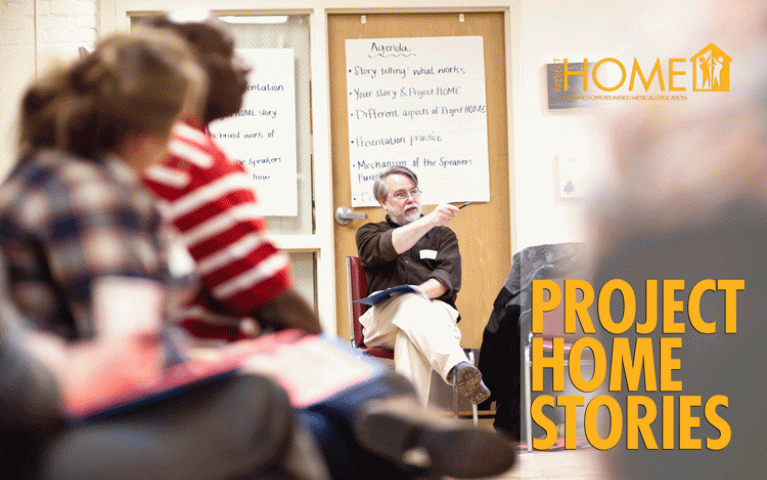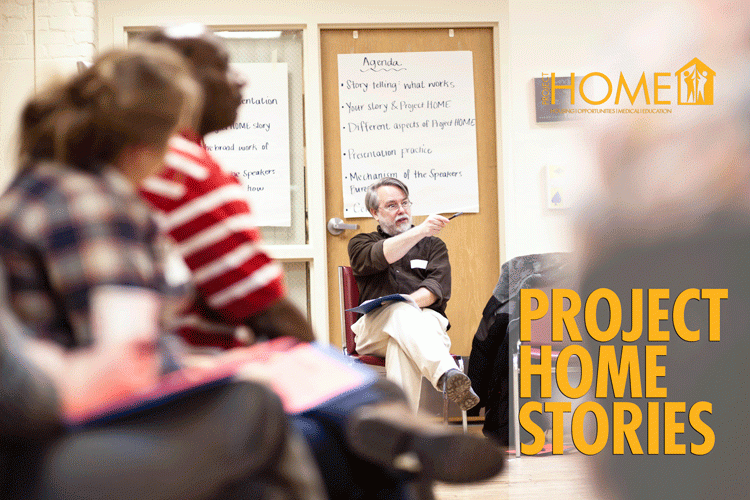A Journey of Understanding | Part Two

This is the second part of a story that was first posted on March 2. Kim Covello is a retired attorney, commercial model, and mom of three. She continues the Journey…
We move on to some very gritty sites. We park the car alongside the West River Drive bridge at a place that Sam says he discovered years ago by accident. We scamper down a trash-strewn, rocky, steep hill and go underneath. When my eyes adjust to the darkness, I am shocked by what I see - a little village of bunks in the steel cut outs of the bridge. The filthy mattresses in the bunks are covered with dirty blankets.
Clothes hanging from the rafters. Food, too. “They hang it so the rats don’t get it,” Sam explains. He calls out and David answers. So we go over to David and find him in bed, but he’s very chatty with Sam today. He tells Sam that he wasn’t hired back at the summer camp. “Wait a minute,” I say to myself, “David worked at a summer camp…?” And then I remember that one-third of our people living in shelters actually have jobs. David tells me to check out the view, and I look across the river; at the people eating on the porch of the Waterworks Restaurant…. Sam says the hardest part of the job is walking away when you know someone needs help. “But you have to respect them,” he says. He tries to get David to go in and fill out the paperwork to get on a housing list.
“Give me a couple years,” David tells him. “It took me a few years to get on medication, give me a couple of years to get the housing done.”
I think, “A couple of years…?” David has AIDS and a host of other problems and may not even be here then. But I remember that this is a long, slow process of building trust. There are no easy short-term solutions. We head to South Delaware Avenue and Sam shows me the place where he found Gloria. Gloria hit him hard. Sam found her on January 29, 2010. Gloria was a chronic alcoholic but went to detox a few days before she died. She just walked out of the detox center at some point, no one questioning her. They say she had a stroke, but Sam believes she would be alive today if she was in detox when she had that stroke…
Despite Jerry’s response that day, Sam believes that if he can earn their trust, he will make progress in eventually getting people off the street. Sam, after all, works for an organization that provides over 500 units of supportive housing in 11 different locations around the City. Those beds are filled with formerly homeless people, many just like those we encountered today. Sam knows that when Project HOME isn’t the right place, there are other services like Pathways To Housing. Pathways leases blocks of apartments for homeless men and women, and provides support services that help them adjust to their new lifestyle.
I ask Sam, “How do you measure success?” I’ve seen Sam’s awards and accolades – the recognition he received from Jefferson Hospital for starting a program to sensitize the doctors to the special needs of patients from the streets, the “Hometown Hero” award from the 76’ers organization, the Certificate of Appreciation from the Veterans Administration, the other “awards of excellence.” These awards are important, but they are not why Sam comes to work everyday. Sam explains “They are the voiceless people, nobody even sees them…most people just walk right by them like they don’t exist. Somebody has to help.” It is only appropriate that many of Sam’s workdays end with a game of chess with one of the formerly homeless residents of 1515 Fairmount Street, someone once on the street, now in dignified and safe permanent supportive housing.
Sam’s penchant for chess mirrors his work. He excels at chess with the same patience he utilizes on the street every day.
